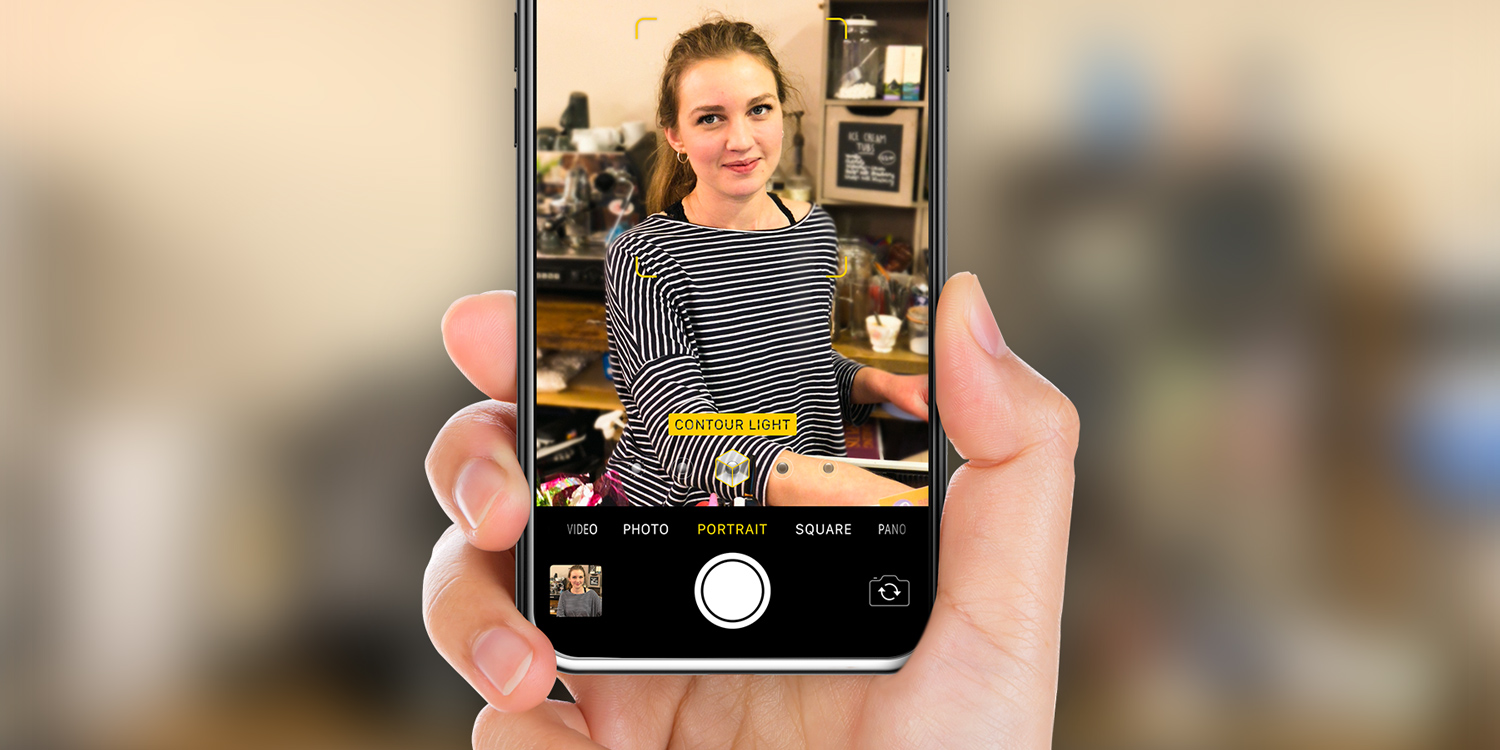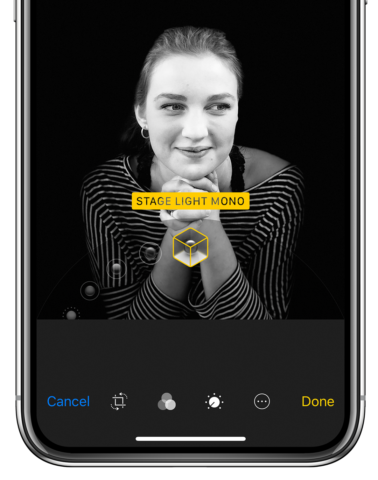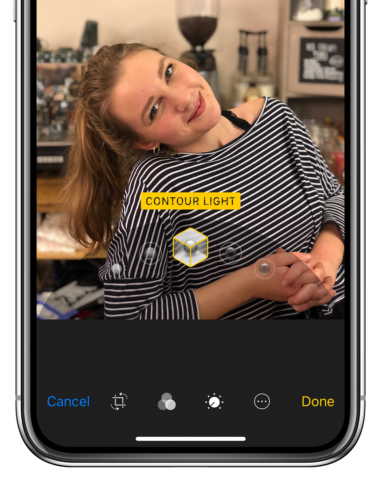Portrait Lighting is a new feature that adds studio-style lighting effects to your portrait photographs. It’s an addition to Portrait Mode, the Camera setting that adds a stylized blurred background while keeping the subject in focus.
These effects are possible thanks to the depth awareness capabilities of the iPhone 8 Plus and iPhone X cameras. Unfortunately, iPads and other models of iPhone can’t use this feature – but we’d expect it to come to more devices in future so let’s take a look at how it works.
Oh, and if you have an iPhone X you can even use the front-facing camera for Portrait Mode selfies!
Pro lighting
First, open the Camera app and select Portrait from the shooting options near the bottom of the screen. Then position your subject in frame, following the on-screen prompts to ensure that Portrait Mode is active. It’s important to shoot in good light and from the right distance for the depth mapping to work properly.
You’ll see a carousel of lighting options along the bottom: natural, studio, contour, stage, and stage mono. Each of these simulates a different array of professional lighting setups, with the stage lighting effects dropping the entire background to black for an impressive spotlight effect.
Swipe through these and tap one to select it. You’ll see a live preview of the effect – then just hit the shutter button to take the photo as usual. Be aware that the stage lighting option doesn’t preview the full effect. You’ll need to take the shot to see that one in full.
Post production
One of the best things about Portrait Lighting is that the effect isn’t permanent. You can adjust or disable it later if you change your mind, or shoot without a lighting effect and add one later one.
To change the lighting effects on an existing Portrait shot, open the Photos app and find the picture you wish you adjust. Tap the Edit button in the top right, and if it’s a compatible picture the same carousel of lighting options will be present.
Limitations
Portrait Lighting is still technically a beta feature, meaning it has a few rough edges. Sometimes literally. The depth mapping used to separate the subject from the background can be hit-and-miss, especially when using the more severe studio lighting effects. However, when it works properly the results can be stunning, so it’s worth persevering if your first shot isn’t perfect!
We’d expect Portrait Lighting to improve over the coming months, much as the original Portrait Mode did after its beta launch last year. In the meantime, it’s still a really fun effect that can make your photographs look much more professional with minimal effort!



